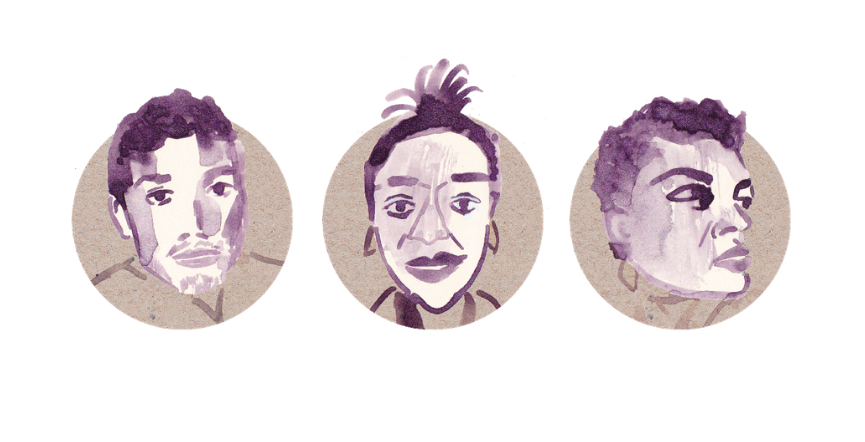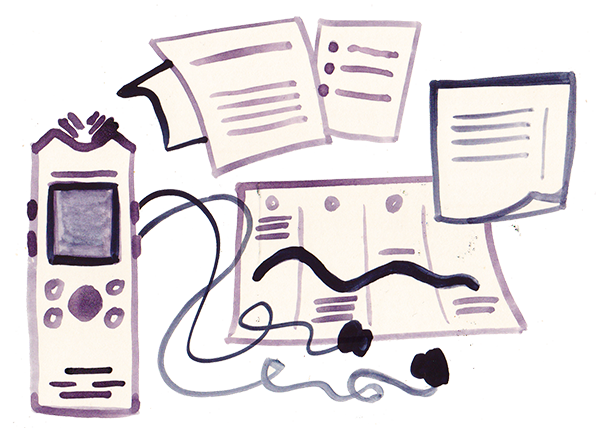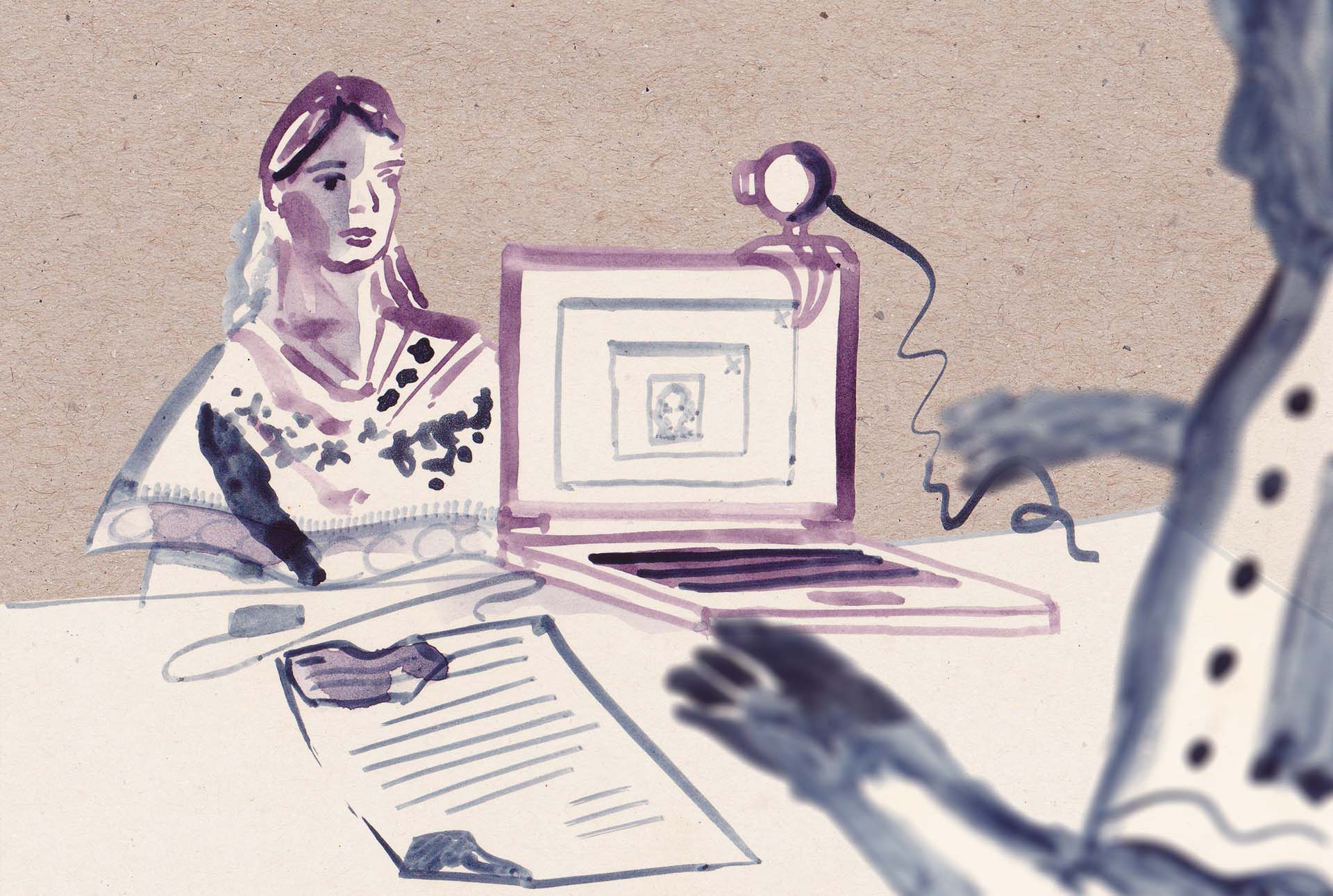Lived effects of digital ID
Earlier this year, we published the findings of our research into the lived effects of digital ID systems. We conducted this research using a participatory approach, centring the expertise of the researchers, communities and advocates we worked with. In this blog post, we take a closer look at what designing a participatory research framework actually looked like and what we’ve learned from the process.
Why conduct participatory research?
All too often, we come across examples of research that either carries out work from afar or are done by people with little contextual expertise of the situation they are researching. We believe this is both disrespectful of the complexities of different situations and also produces low-quality research work.
To avoid these pitfalls, we built open and inclusive research processes, described in greater detail in the sections that follow, early on in the project. Through these processes, we shared a framework across the team of researchers that provided structure while also leaving space for the researchers to contribute, iterate and tweak the processes as we progressed. Ultimately, we wanted the participatory processes to help us carry our research forward in ways that align with our values and with the shared understanding that the process is just as important as the result.
Centring participation throughout the research
Given our objective of prioritising locally-led research, we started out by building a team of in-country researchers to work with our internal team. These researchers (Sharid Bin Shafique, Chenai Chair, Kittima Leeruttanawisut, Koliwe Majama, Chuthathip Maneepong, Precious Ogbuji and Berhan Taye) brought a wealth of topical, but also lived and contextual, expertise to the team. In some cases, the researchers were, or will be, subject to the very digital ID systems they were studying. For us, in-country researchers bring much more than just the ability to lead research in-person. They’re best placed to decide how research should be carried out within their contexts, more likely than outsiders to be able to listen for and interpret the information they gather, and better informed about the social, political, and cultural contexts they’re working within.
With the team, and with the support of Sophia Swithern, an independent research design consultant, we co-created an adaptable research framework consisting of a literature review, key informant interviews and focus group interviews with civil society and individuals affected by the selected digital ID systems.

Rather than prescribing specific methods for the researchers to follow in this research framework, the team defined the key lines of inquiry and shared principles for the creation of their methodologies. We wanted the research methods to be:
- In-depth qualitative: seeking to deeply hear and understand the experiences of individuals who are vulnerable to the negative effects of digital ID schemes
- Participatory: using contextually appropriate participatory tools to best facilitate people to tell their stories
- Engaging: finding ways to engage civil society organisations in digital ID issues by involving them in the research process
- Ethical: taking a robust approach to consent, privacy, security and being adaptive to the sensitivities of working with vulnerable groups in difficult settings
By co-designing the research framework, we were able to define as a group what we wanted to get out of our work, while leaving room for each researcher to create their own way of getting there based on what works best in their context. As the instigators and coordinators of the whole process, starting with a shared framework and principles also meant that we were better able to ensure some level of consistency in aims, across the work of the diverse researchers.
Creating space for creativity
With the framework to guide them, researchers created methodologies and instruments to meet the needs of local contexts. By inviting them to bring their own methods to the table, we recognised that they know best how to conduct sensitive conversations in local communities.

We provided the team with adaptable participatory tools that allowed them to create an ‘open’ space for diverse participants to tell their stories in ways that felt natural. For some, that meant a combination of in-person and remote interviews, while others incorporated art into their focus groups.
Often, storytelling played a key role. For example, one method included a ‘journey mapping’ of a participant’s experience, allowing the participant to walk and talk through the typology of stages of their interaction with the digital ID system. Other researchers designed scenario-based activities to explore participants’ thoughts about potential effects of digital ID. This allowed participants to share what they know, fear, have heard and want to know about these systems. The scenarios involved drawings to prompt discussion, and we found that the use of visual artefacts or verbal cues helped researchers interact with participants around complex topics.
Enabling a culture of sharing and learning
Across the team and throughout the project, we reinforced the importance of clear documentation. We provided tools, templates and an information infrastructure to help each researcher write up and share their data with the team. However, even with this documentation infrastructure in place, synthesising the diverse kinds of data–many coming from distinct methodologies or different languages–is still quite challenging! To address this challenge, we kept in touch with the researchers all the way through to the very end of the project, relying on their expertise to validate our understanding of the raw data. (In this blog post, we dive deeper into how we thought about consent, data management and privacy, and outline some related challenges we faced.)
Essentially, when it comes to conducting collaborative and participatory research across a large team, both online and offline conversations are vital. In addition to two remote co-design workshops at the start of the research, the researchers came together in two more remote workshops to share emerging findings, approaches and challenges. The team was also encouraged to interact in ad-hoc ways, by sharing updates on a private group chat or by setting up one-on-one conversations between researchers. While our team was not able to come together in person as a whole, constellations of our internal and external teams were able to meet up and share early findings of our research at the Forum of Internet Freedom in Addis Ababa and at RightsCon in Tunis.

As always, we are curious to hear your thoughts. If you have tips or experiences with responsible and participatory research design and practices, feel free to reach out to Paola at pverhaert[at]theengineroom.org or share with us on Twitter: @engnroom.
All illustrations by Salam Shokor.

